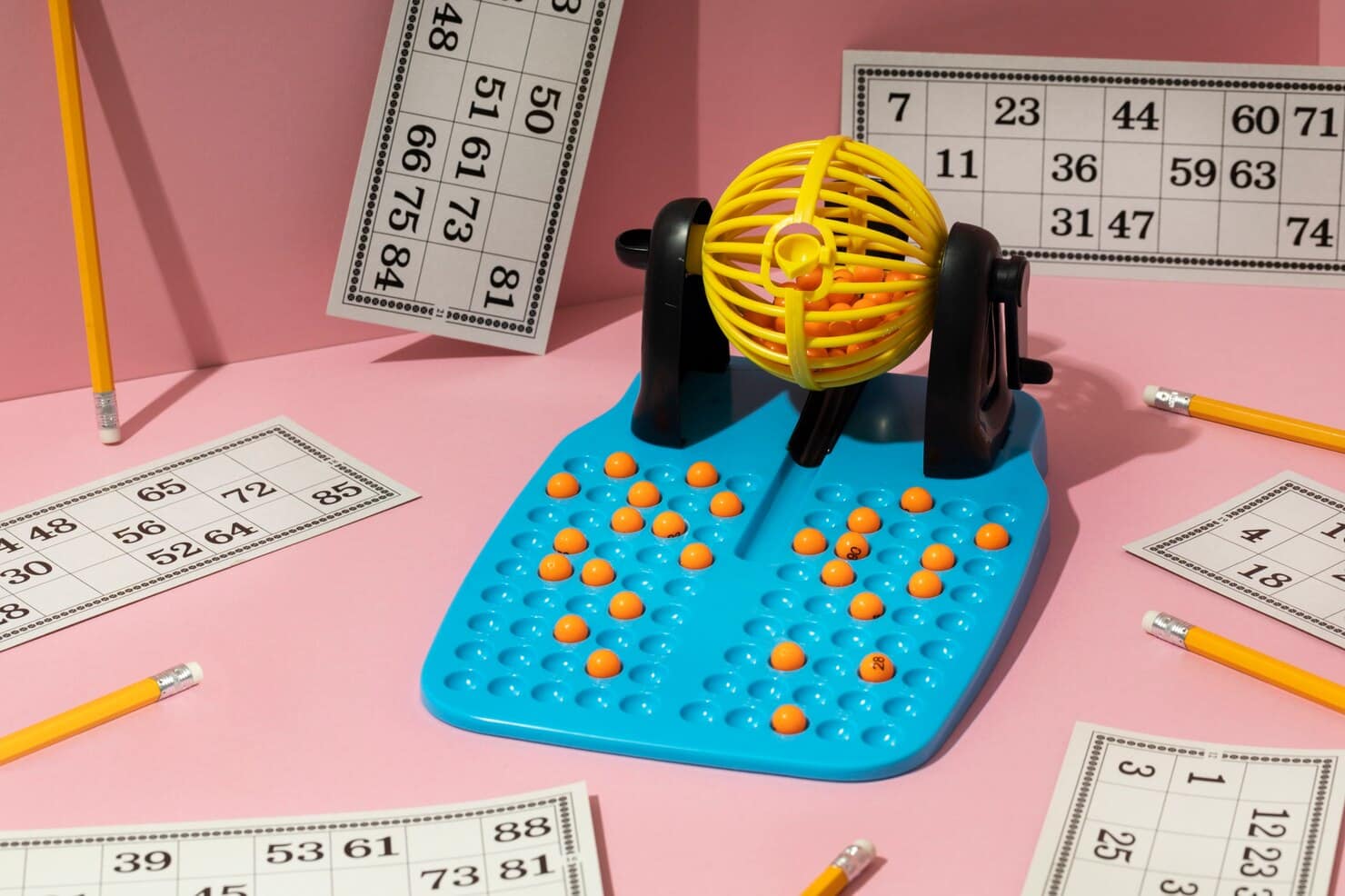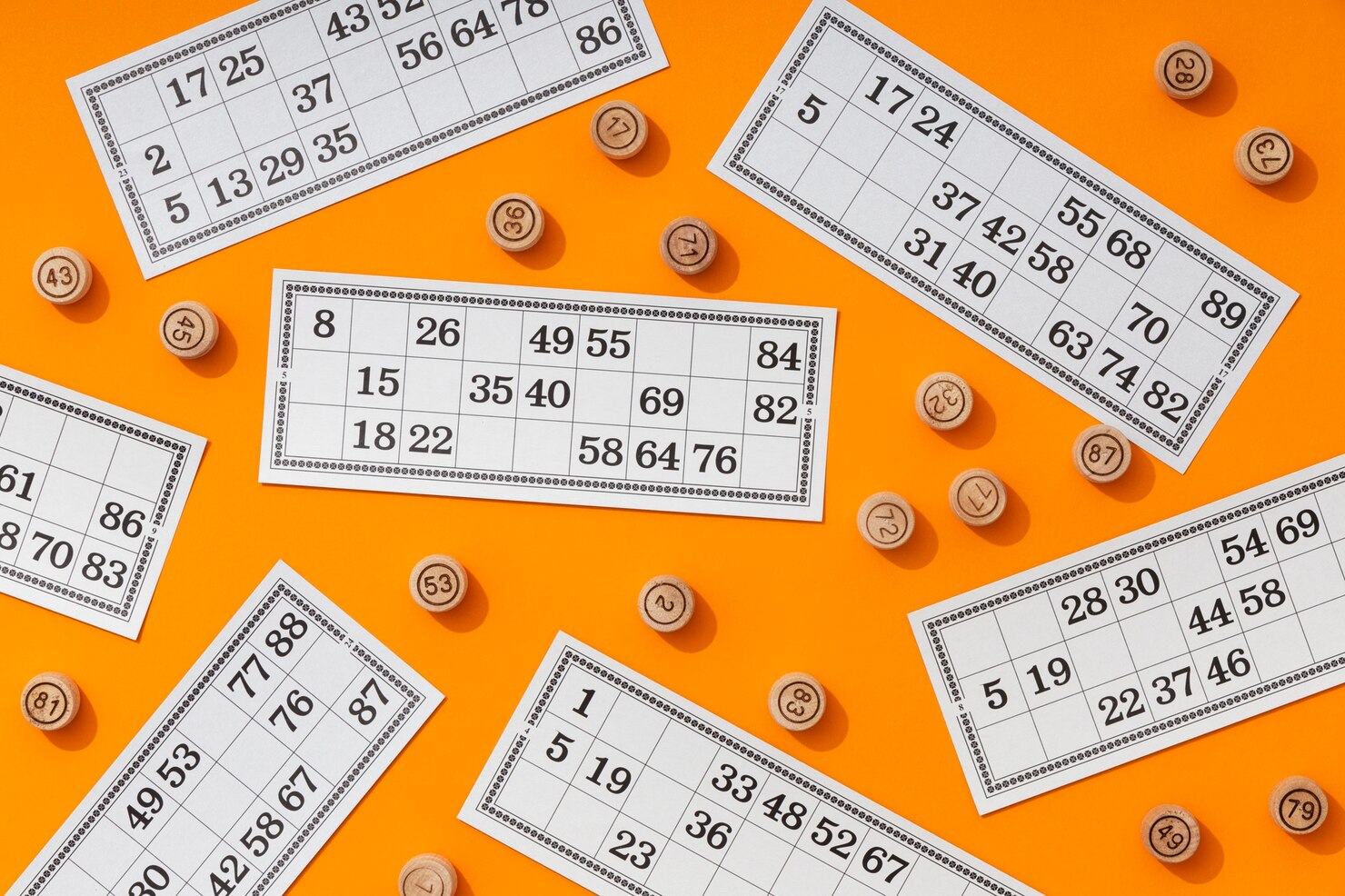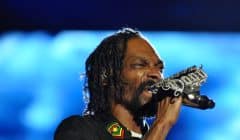- Crypto Casinos
- Bitcoin Games
- Reviews
- Learn
- Essentials
- Are Bitcoin Casinos Legal?
- Crypto Wallets for Gambling
- VPN for Bitcoin Casinos
- What is RTP?
- Gambler’s Fallacy
- Deposit with Credit Card On Bitcoin Casino
- Bankroll Management
- How To Play Bingo
- What Casino Game Has the Best Odds
- Best Casino Game To Win Money
- How VIP Programs Work
- RNG in Casinos
- Slot Machine Odds
- How Free Spins Work
- Poker Cheat Sheet
- Guides
- How to Play Texas Holdem Poker
- How to Play Three Card Poker
- How to Play Pai Gow Poker
- How To Play Omaha Poker
- How to Play Caribbean Stud Poker
- How to Play Seven Card Stud
- How to Play Mississippi Stud Poker
- Poker Odds Guide
- Card Counting in Blackjack
- What is a Blackjack Split
- What is a Push in Blackjack
- Roulette Wheel Explained
- How to Play Craps
- Craps Odds Explained
- Craps Come Bet
- How to Play Baccarat
- Moneyline Betting Explained
- Arbitrage Betting Explained
- How Sportsbetting Betting Odds Work
- Video Poker Odds
- Limit vs No Limit Poker
Bingo Odds: Master Your Winning Chances with Our Probability Calculator
Bingo, a popular game of chance played across the globe, combines entertainment with the anticipation of winning. The odds of winning in bingo are not based on sheer luck alone; they can be calculated with mathematical precision.
As each number is called, the probabilities of the next number being in a player’s favor shift dynamically. A probability calculator serves as a tool to quantify these odds, enabling players to understand their chances of winning at any point during the game.
The calculation of bingo odds is influenced by various factors, including the number of cards in play, the pattern needed to win, and the amount of numbers called.
With a probability calculator, players can insert these variables to receive an instant assessment of their odds. This real-time calculation can guide players on when to play more aggressively or conservatively.
Understanding the probabilities behind bingo not only enhances the gaming experience but also informs strategy.
While the number of players and the randomness of number selection remains out of one’s control, knowing the odds can provide insight into the likelihood of winning on crypto casinos or when playing live.
Such calculators offer both novices and seasoned bingo enthusiasts a more informed approach to the game.
Understanding Bingo Odds
Calculating the odds in Bingo is key to understanding what chances a player has of winning. This involves basic probability principles and the various combinations possible on a Bingo card.
Probability Basics
The game of Bingo is grounded in the concept of probability, which is the measure of the likelihood that a specific event will occur. If an event is certain to happen, it has a probability of 1, while an event that is certain not to happen has a probability of 0.
For example, in a standard Bingo game, the chance of drawing any single number is 1 in 75 since there are 75 possible numbers.
Bingo Card Combinations
Each Bingo card is a matrix of numbers, usually in a 5×5 format for a total of 25 spaces in American Bingo, with one free space in the center. The total number of possible unique card combinations in Bingo can be calculated with the formula:
N! / (r! (N – r)!)
where N is the total number of numbers to choose from, and r is the number of numbers picked for the card.
In a standard game, with the B column containing numbers from 1 to 15, and so on for each column up to O which contains numbers 61 to 75, the card’s pattern determines the probability of achieving Bingo.
As players do not choose their numbers, each card has an equal chance of winning, limited only by the number of cards in play and the numbers drawn.
Calculating Odds in Bingo
In bingo, calculating odds is a matter of understanding the game mechanics and the likelihood of achieving a specific winning pattern. The number of players and the range of possible number combinations both impact these calculations.
Determining Winning Patterns
To determine the odds of winning bingo, one must first consider the winning patterns required in the game. A traditional bingo game typically involves completing a line, whether horizontal, vertical, or diagonal.
More complex patterns, like full houses or specific shapes, also exist. The odds of achieving these patterns can vary significantly. For a single bingo card, the probability of winning after a certain number of calls can be calculated using combinations and permutations.
Here is a simple example of a standard 5×5 bingo game:
- Total numbers in play: 75
- Spaces on a card: 24 (since the center is often a free space)
- Numbers needed for a straight-line bingo: 5
The probability of getting a straight-line bingo after the first 5 calls is calculated as follows:
- Chance of first called number being on your card: 24/75
- Chance of second called number being on your card: 23/74
- Chance of third called number being on your card: 22/73
- Chance of fourth called number being on your card: 21/72
- Chance of fifth called number being on your card: 20/71
These probabilities are multiplied together to find the overall odds for that specific sequence. However, since the numbers can be drawn in any order, you must also consider the number of permutations of 5 numbers drawn from a set of 24.
Factors Affecting Odds
Several variables can affect the likelihood of winning at bingo:
- Number of Players: More players reduce an individual’s odds of winning because more cards are in play.
- Number of Cards Played: Playing multiple cards increases a player’s odds but also increases the difficulty of tracking numbers.
- Game Variations: Different bingo games have unique patterns and rules that can significantly alter the odds.
A basic table to exemplify factors affecting the odds:
Number of Players Number of Cards per Player Winning Pattern Complexity Fewer Players Single Card Simple (e.g., one line) More Players Multiple Cards Complex (e.g., full house) Odds are also influenced by the distribution of called numbers. In a fair game, each number has an equal chance of being drawn, and the game’s progress (how many numbers have been called so far) influences the probability of winning with each new number called.
Bingo Probability Calculator
A Bingo Probability Calculator assists players in determining the likelihood of achieving a bingo win within a certain number of calls. It considers the number, variation of the game, and patterns required.
Using the Calculator
Players must enter specific game details into the Bingo Probability Calculator to receive accurate odds. These details typically include:
- Type of Bingo: Indicate whether it’s 75-ball, 90-ball, etc.
- Bingo Card Pattern: Select the winning pattern—straight line, full house, etc.
- Number of Players: Input how many competitors are in the game.
- Call Limit: Set several calls within which you want to calculate the winning probability.
After filling in these variables, the player will click a ‘Calculate’ button or similar to obtain the odds of winning.
Interpreting Results
The results from the Bingo Probability Calculator are often displayed as a percentage or a fraction. For example:
- Winning Probability: 12.5% or 1/8
Lower probabilities indicate a rarer chance of winning within the specified number of calls, while higher values suggest a better chance. Players should understand that these results do not guarantee an outcome but provide a statistical likelihood based on the inputted data.
Strategies to Improve Odds
To increase the likelihood of winning at bingo, players should focus on game selection and the number of competitors.
Choosing the Right Games
The best way how to play bingo is to seek out bingo games that have a better payout ratio relative to the cost of the ticket. They should look for games that offer the highest prize amounts with the least number of total players, as this directly impacts one’s chances of winning.
- Payout Ratio: Higher ratio means better potential returns.
- Player Count: Fewer players generally increase the chance of winning.
Games with progressive jackpots may seem attractive but often have lower odds due to the increased number of participants.
Playing with Fewer Competitors
The odds of winning bingo rise as the number of competitors decreases. Players should aim to play during off-peak hours or join games that are less publicized.
- Off-Peak Hours: Times when fewer players are participating (e.g., weekday mornings).
- Less Publicized Games: These games tend to attract fewer players, enhancing individual winning chances.
By carefully choosing when to play, a player can strategically position themselves in a less crowded playing field, thus improving their odds of calling ‘Bingo!’ first.
Common Misconceptions about Bingo Odds
One prevalent misconception is that each bingo card has a different probability of winning. In reality, provided that numbers are drawn randomly, each card has an equal chance of winning.
Players often believe that a card that has not won in several games is “due” to win, but each game is an independent event, meaning past games do not affect the likelihood of any given card winning in the future.
Another fallacy is the belief that playing with more cards significantly increases one’s chances of winning.
While it’s true that having more cards increases the probability of winning, it does not guarantee a win because of the randomness of number selection. One must remember that all other players may also have multiple cards, moderating the impact of having extra cards oneself.
There’s also the erroneous thought that particular patterns on bingo cards can predict success. The randomness of number draws ensures that no specific pattern is more likely to win than another, despite the superstitions that players might hold about ‘lucky’ arrangements.
Lastly, many believe the more players there are, the lower one’s chances of winning. While the likelihood of any single card winning decreases with more players, the probability of winning for a player remains constant if they maintain the same number of cards.
Misconception Fact Different cards yield different odds All cards hold equal odds in random draws A ‘due’ card will likely win Each game is independent; past games don’t matter More cards mean a much higher chance of winning More cards only slightly increase winning odds Certain patterns on cards are luckier All patterns have an equal chance More players significantly lower individual odds Individual odds stay the same with more players Gary McLellan has been involved in the gambling sector for years after studying Journalism in Glasgow. Starting out with running a poker blog over 10 years ago, he has since worked with many betting publications, focusing on crypto-related sites more recently due to their growing popularity. Gary brings his expertise on gambling to BitcoinCasinos.com since 2022 after successfully overseeing the launch of several sports betting sites including legalsportsbooks.com.
Recent Posts
-
Cryptocurrency Miners Stockpile Near-Record Amount Of Bitcoin Ahead Of Friday’s Supply Cut
-
Snoop Dogg And Roobet Join Forces To Create ‘Snoop’s High Rollers’ Slot Game
-
Adin Ross ‘Announces’ Surprise Retirement From Streaming At Age 23
-
Ethereum Revealed As The Leading Crypto For Blockchain Hacks In 2024
-
Softswiss Acquires Huge Stake In Europe’s Popular Social Casino SpinArena
1026/02/231006/09/239.705/01/239.704/03/249.405/01/239.205/01/239.107/03/24908/09/23904/03/248.924/01/238.510/10/238.427/03/248.408/09/238.227/02/24









